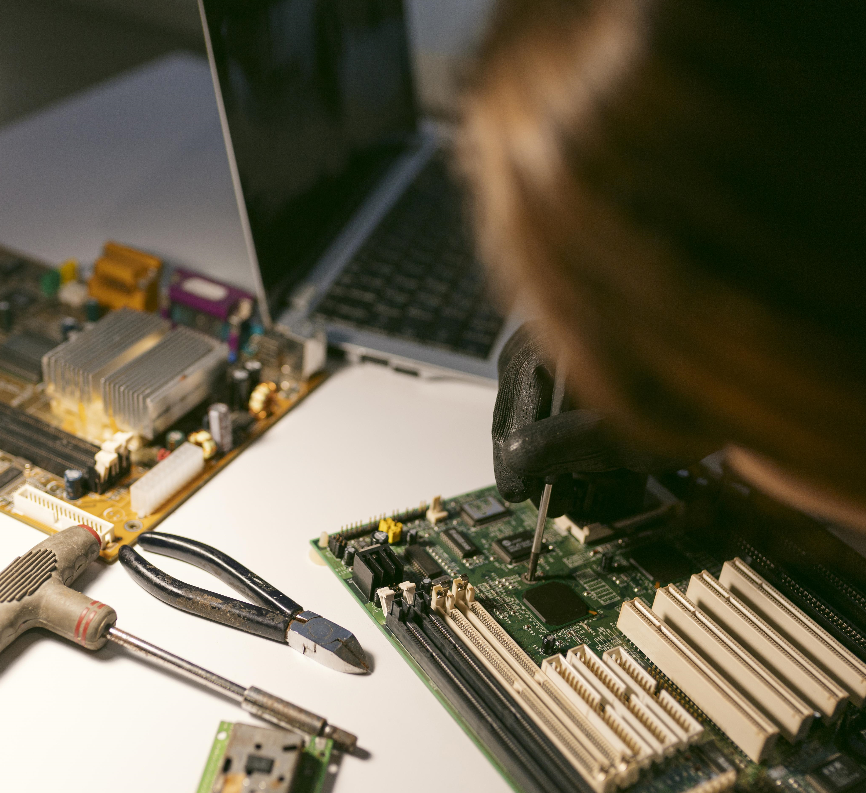Gamers and power users in 2025 are buzzing about the latest performance hack: the “shunt mod” for laptop GPUs. Promising big performance boosts with simple tweaks, this modification has become a viral trend on tech forums—but not without major risks.
⚡ What Is a Shunt Mod?
A shunt mod involves altering or replacing tiny resistors (shunt resistors) on your GPU’s power delivery system. This fools the GPU into thinking it’s using less power than it actually is—bypassing power limits and allowing higher sustained boost clocks.
Originally popular on desktop GPUs, this controversial hack has now reached gaming laptops.
🧪 Reported Gains
- 10–15% better frame rates in AAA games like Cyberpunk 2077 or Starfield
- Improved stability in demanding workloads (e.g., video rendering, AI training)
- Higher scores in benchmarks like 3DMark Time Spy
Some users claim their RTX 4080 laptop GPU now performs like a 4090 desktop—but that’s only part of the story.
🚨 Why It’s Risky
Experts warn: the gains come at a cost.
- Void Warranty: Any physical alteration to your laptop’s board kills your warranty.
- Thermal Overload: Laptop cooling systems aren’t designed for constant full-power draw.
- Component Damage: A tiny slip with a soldering iron could fry your GPU—or worse, your motherboard.
As PCWorld put it: “It’s like giving your laptop a shot of adrenaline… without checking its blood pressure first.”
🔧 Who’s Trying It?
- Hardcore PC modders and YouTubers showing off daring hacks
- Gamers chasing ultra performance on thinner laptops
- Some AI/ML enthusiasts wanting more speed from mobile workstations
But mainstream users are advised to stay far away.
💡 Safer Alternatives
If you want a boost without risking your laptop:
- Undervolting + manual tuning: Optimize for cooler, more efficient performance.
- External GPU (eGPU) setups: Use a full GPU with your laptop via Thunderbolt.
- Thermal paste upgrades and pad replacements: Lower temps = more consistent performance.
Final Verdict
The shunt mod for laptop GPUs is like playing with fire. While the extra performance can be tempting, the dangers to your hardware—and your wallet—are real. Unless you’re an experienced modder with backup gear, it’s best to stick to safer performance tuning methods.


